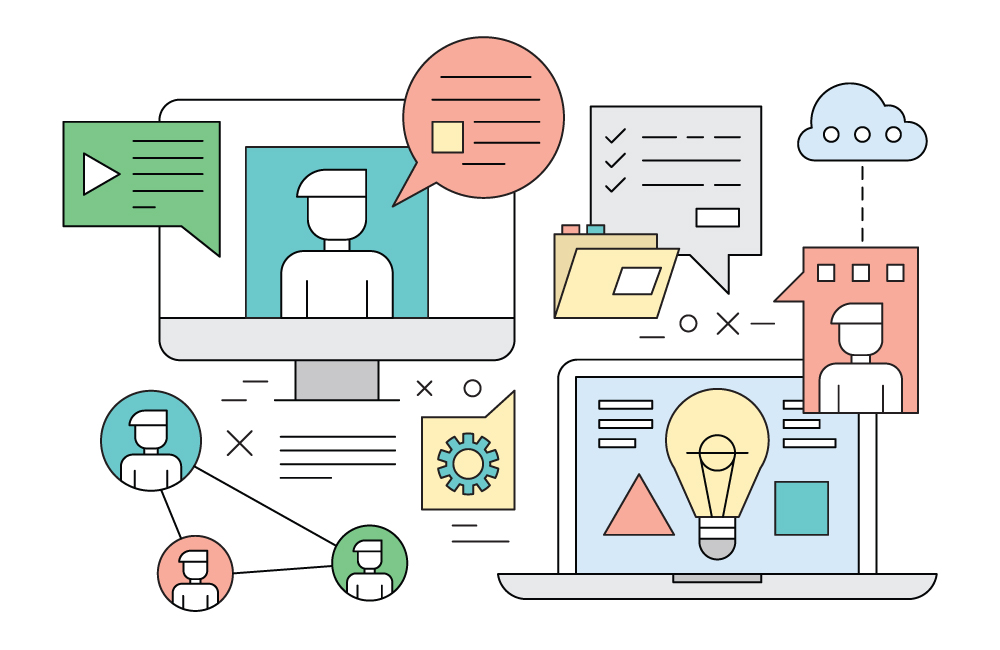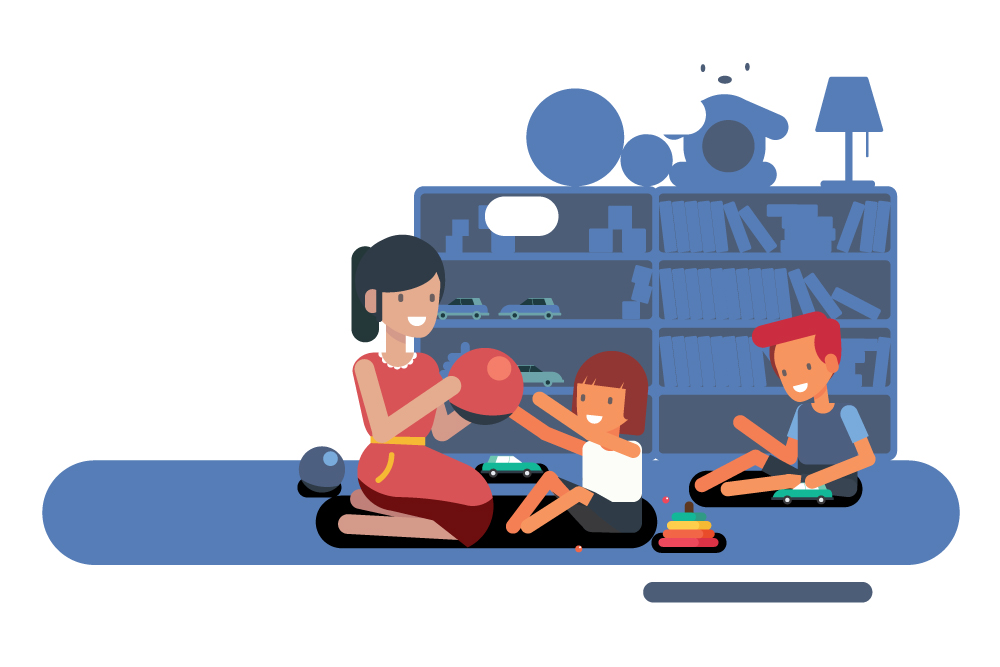With no end to the global pandemic in sight, online learning is in full swing across the country. Even school districts that are holding in-person classes are offering distance learning as an alternative option — one that at least 28% of parents have opted to take.
For better or for worse, remote learning is the current reality for many. And though it might be a safer, healthier alternative given the existing landscape, experts have expressed concerns over the impact on child development.
How E-Learning Affects Education in Young Children
Children are resilient in nature, but many experts fear that many students will fall behind with remote learning. This is a prevalent problem among all grade levels and ages, but it’s gained particular attention among younger classes that need direct, ongoing instruction beyond worksheets and textbooks.
According to President and CEO of ADHD & Autism Psychological Services and Advocacy in Utica Andy Lopez-Williams, “There’s a huge missing piece in remote learning.” Lopez-Williams notes that young children learn by watching each other and modeling their behaviors after other children and adults. Remote learning removes this rich, experiential environment. That lack of hands-on learning doesn’t allow for the same level of participation and interaction that you’d find in the classroom.
Students who were already disproportionately affected prior to the pandemic due to learning disabilities are at a greater disadvantage with online learning. Children with ADHD, developmental needs, or other special needs require extra attention, which can create multiple challenges for these students and their teacher when using an online format. Many parents feel the progress their special needs students have made has been undone by the shift to remote learning.
What’s more, many parents have expressed concern that the shift to virtual learning eliminates healthy screen time guidelines, and ultimately goes against what experts have been saying for years. The screen is at the center of remote learning, which has been shown to cause eye strain and can adversely affect learning. In fact, a recent study prior to the pandemic found that children with 2+ hours of daily screen time scored lower on language and thinking tests. Those with 7+ hours per day experienced a thinning of the brain’s cortex – the part of the brain responsible for critical thinking.
Screens inhibit a child’s development by limiting their focus and interests and taking away time for other means of learning. They do little to foster creativity and imagination, which are better gained through playing outside, playing with toys, and interacting with other children. These effects don’t simply disappear during a pandemic.
The Impact on Social and Emotional Health
For younger students, building social and emotional skills is just as important as reading, writing, and math. Technology tools like Zoom are helping to create connections to teachers and other students, but they still fall short of what’s provided in the classroom.
In person, teachers help students to work through conflicts. But online, conflicts rarely occur, if ever. These are missed opportunities that may have a heavier impact in a child’s education in the future.
It’s also been noted that removing the need to travel to an on-site educational setting robs children of learning valuable life skills that will carry them into adulthood. Things like waking up on time, getting themselves dressed and presentable, and preparing their school supplies for the next day have little consequence in a home learning environment.
Parents and family members are being forced to play a more active role in their children’s education, which presents its own set of challenges. For starters, many families have been forced into making a decision between their careers and their children’s education. In either outcome, a new structure can take some time to get used to — time that could be better spent learning.
The Importance of Separating Home and School Life
Shifting to remote work resulted in blurred lines between work and home life, and the same is true for students now learning from home. Before the pandemic, home was the place for relaxation, a chance to rest after a day of learning so that information can be processed and informal learning could take over.
Now, kids are struggling just like their work-from-home parents in finding healthy boundaries between home and school. This creates a new set of expectations that could impact how well children perform academically in an environment they never considered as being part of their education.
What Parents and Teachers Can Do to Bridge the Gaps
Remote learning isn’t an ideal situation for everyone, but it’s one we’ve been handed and must learn to make the best of. Teachers and parents alike can help support the transition simply by staying upbeat and helping kids find ways to embrace this new opportunity. Mindset is everything, and the sooner your children learn to think positively, the more resilience they’ll build to overcome future endeavors. For more insights, head back to our blog. Or, learn more about our office solutions for all facets of your workplace, including breakroom services and solutions, printing and promotional services, information technology and facility solutions, and more
866-HiTouch
CSHiTouch@HiTouchBusinessServices.com
HiTouchBusinessServices.com











